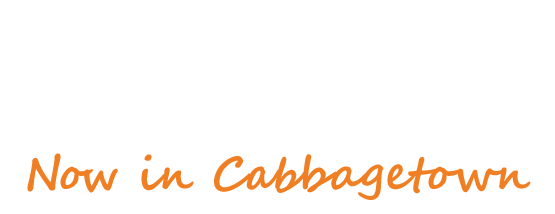
What is Osteopathy?
Osteopathy is an approach to health with the aim of improving discomforts, movement, and function. It is a gentle hands-on practice that is able to address the entire person. In the osteopathic view of the body, each structure in the body supports the body’s overall functioning. If a structure is damaged, out of place or not working properly, the body will not function at its best.
Osteopathy understands that you are a complex and dynamic being. Your body reacts and adapts to the problems and injuries that you accumulate in life. This means that often, the real cause of your pain or discomfort may not be where you’re hurting.
How does Osteopathy work?
Osteopathic palpation is a set of diagnostic skills and precise treatment techniques that allows practitioners to detect and to affect the state of tissues. With highly trained hands, Osteopathic Manual Practitioners can sense congestion, restriction, scarring, tissue density, movement, hydration and general tissue quality. Osteopathic palpation is a skill that takes years of practice to develop and refine.
Osteopathy is holistic, meaning it considers and treats the whole person. Symptoms may be experienced locally but the causes of those symptoms may be far from the site of the complaint. Osteopathic manual practitioners find and treat the causes of symptoms without medications or surgeries.
Osteopathy is complementary to mainstream medicine. You may be referred to your physician or nurse practitioner for attention.
Osteopathy is efficient, reducing the number of treatments you may need with other approaches.
Osteopathic treatments include soft tissue manipulation (muscles, fluids, connective tissues), gentle techniques for all joints, craniosacral techniques (the bones and tissues of the skull, spine and sacrum), and visceral treatment (improving organ function and restrictions).
History & Overview
Osteopathy was developed by A. T. Still in the United States in the 1870's and the first school of Osteopathy opened in Missouri in 1892. Osteopathy is part of the medical profession in the U.S. - they are osteopathic physicians. The medicalization of Osteopathy has resulted in a shift away from the manual techniques that make Osteopathy effective at alleviating causes of discomfort and dysfunction. Medications and surgeries are part of this medicalization process.
In Canada and elsewhere, Osteopathy has maintained its focus on manual practice. In Ontario, members of the Ontario Association of Osteopathic Manual Practitioners (OAO) are given the designation of D.O.M.P. (Diploma in Osteopathic Manual Practice) and are covered by most extended health insurance companies. Please check with your insurance company to ensure that Osteopathy is covered.

